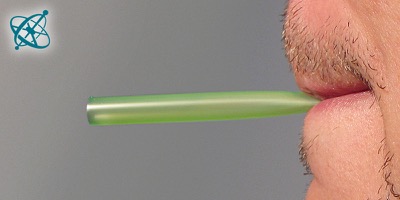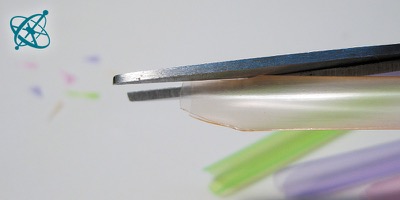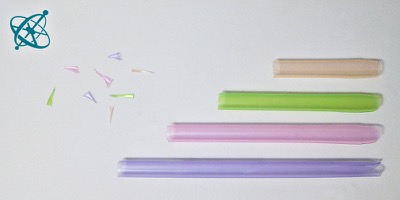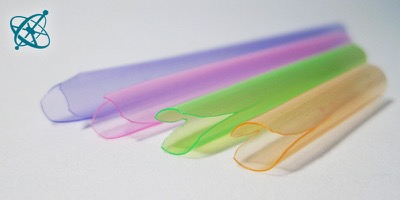 www.sciensation.org | Ciênsação hands-on experiments are published as Open Educational resources under a Creative Commons Attribution-ShareAlike 4.0 International License.
www.sciensation.org | Ciênsação hands-on experiments are published as Open Educational resources under a Creative Commons Attribution-ShareAlike 4.0 International License.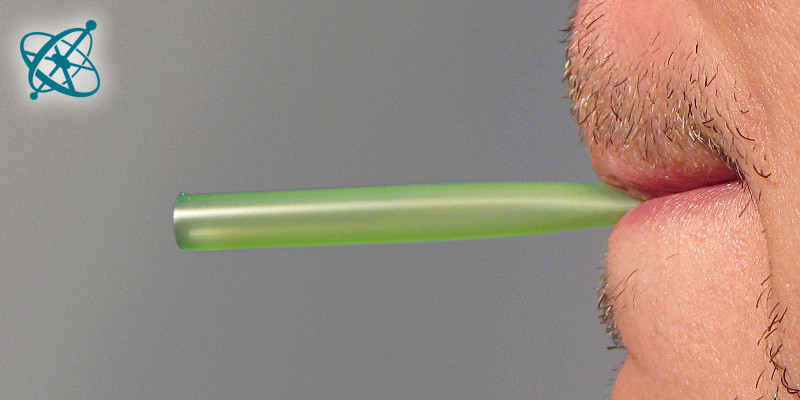
No, this is a double reed music instrument.
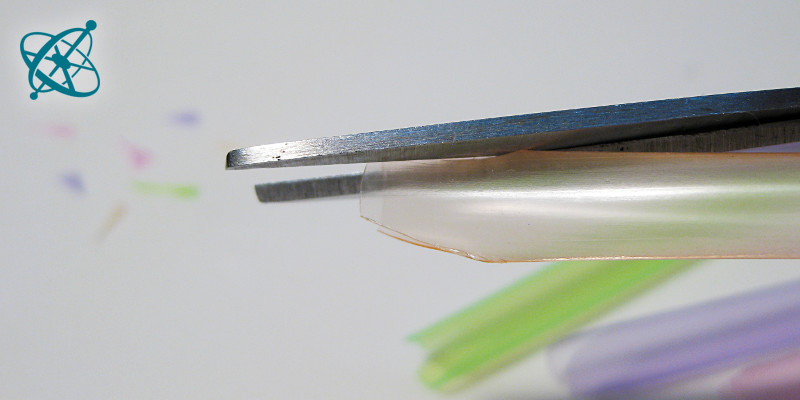
Flatten one end and cut off its sides.
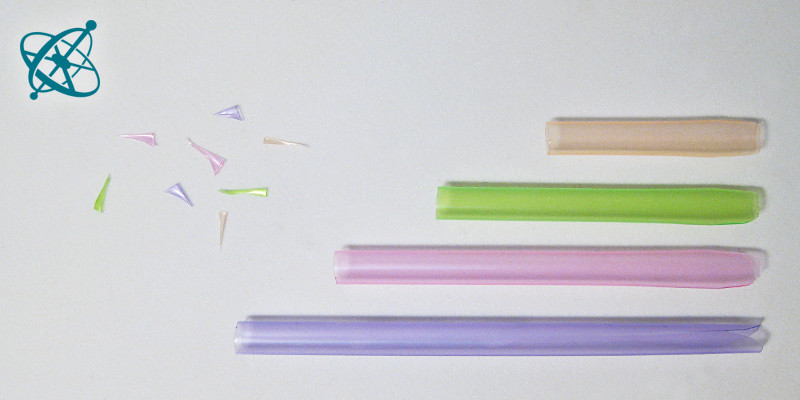
Make several pieces of different length…
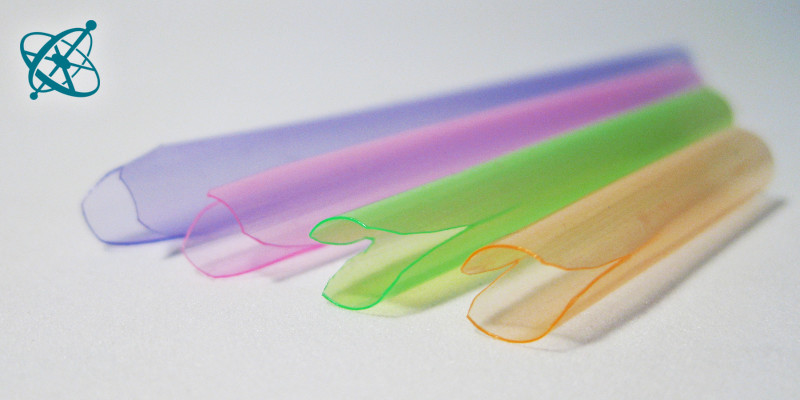
…to compare their pitches.
Double reed nuisance
With just two cuts, a straw becomes a double reed sound pipe that can be tuned by cutting back the length of the straw. You hardly will find a cheaper wind instrument to teach the physics of sound.
Understanding how wind instruments make sounds.
The pitch of the sound depends on the length of the air column in the instrument.
Scissors
Make sure nobody will be disturbed by the noise. Please do not conduct this experiment near a room where people have to concentrate, e.g. to write a test.
Flatten one end of the straw for about 1 cm and cut it into a V-shape. Take this end into your mouth with the flat part horizontally, squeeze slightly with your lips, and start blowing to generate a sound. You might need to experiment a bit in order to find the optimal position and pressure.
1. Why does the pitch change if you reduce the length of the straw?
What causes the vibration you feel on your lips?
› The air flow makes the plastic 'reeds' (the two sides of the V-shaped mouthpiece) flap.
Does the air stream in a continuous flow through the straw?
› No, the flapping of the mouthpiece cuts the flow in bunches.
What happens when these bunches of high air pressure reach the the end of the straw?
› A part of this pressure is reflected back into the pipe, causing the formation of standing waves at specific frequencies.
Flattening and cutting the edges of one end turns the straw into a double reed instrument similar to an oboe. The two reeds are drawn together by the air passing between them – until they meet and bounce back just to repeat the cycle. You can observe the same effect when blowing down between two sheets of paper hanging next to each other.
The flapping movement of the mouthpiece cuts the airflow in small bunches, thus creating longitudinal pressure waves in the air column inside the straw. When these pressure waves reach the end of the straw, they are partially reflected, allowing for the formation of a standing wave (of the pressure wave, the air remains moving). The length of this standing wave, and thus the pitch of the sound, depends on the length of the pipe. Cutting the straw shorter will therefore increase the pitch.
